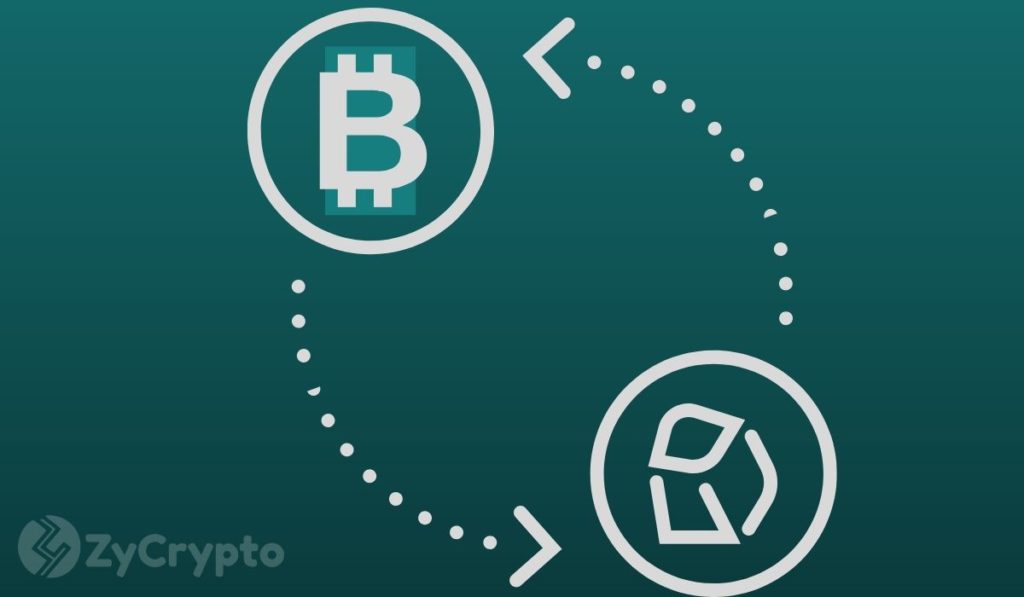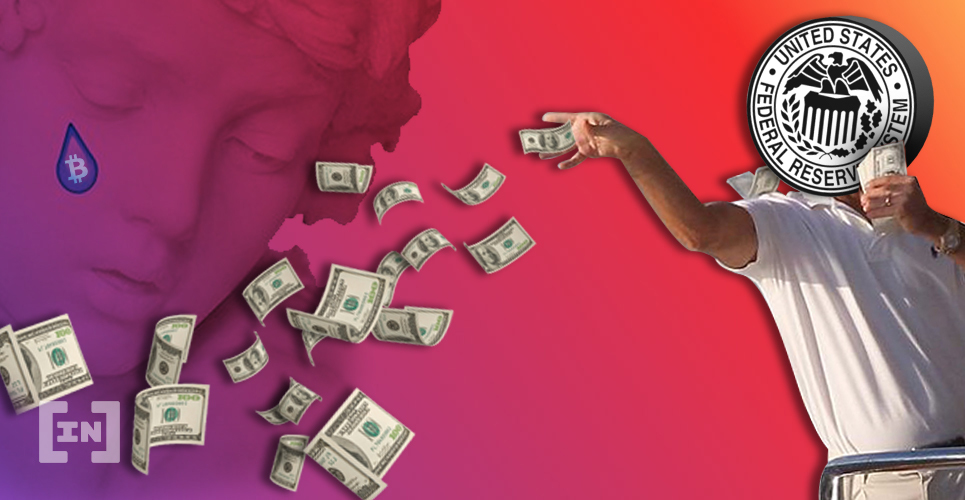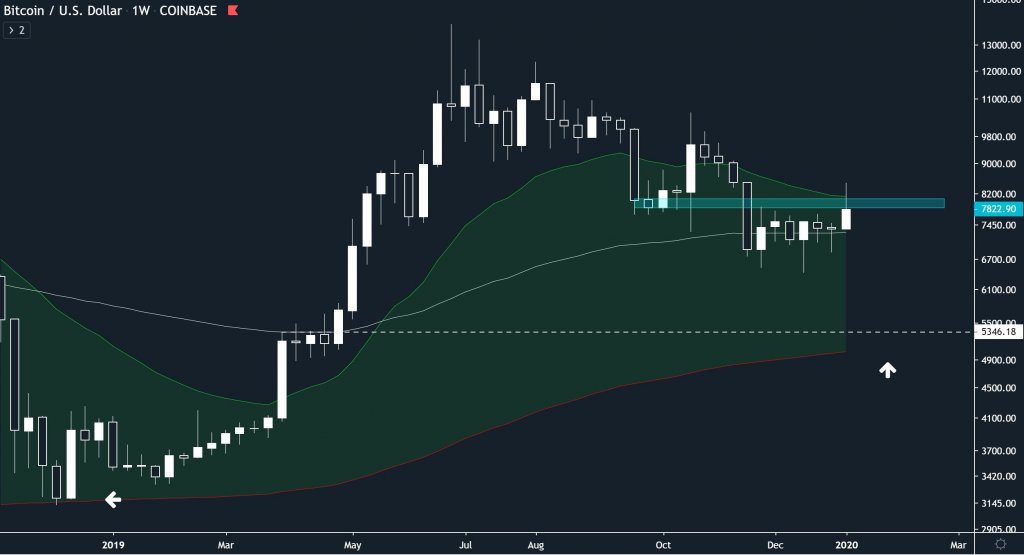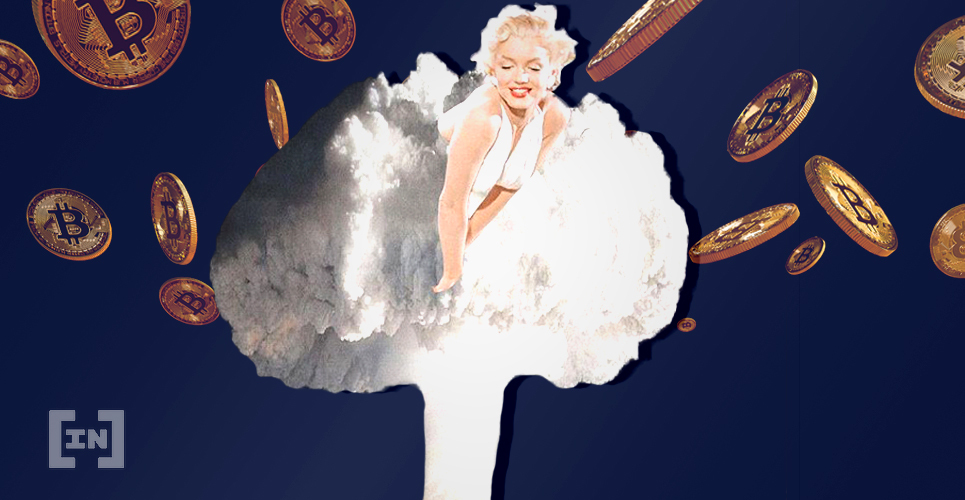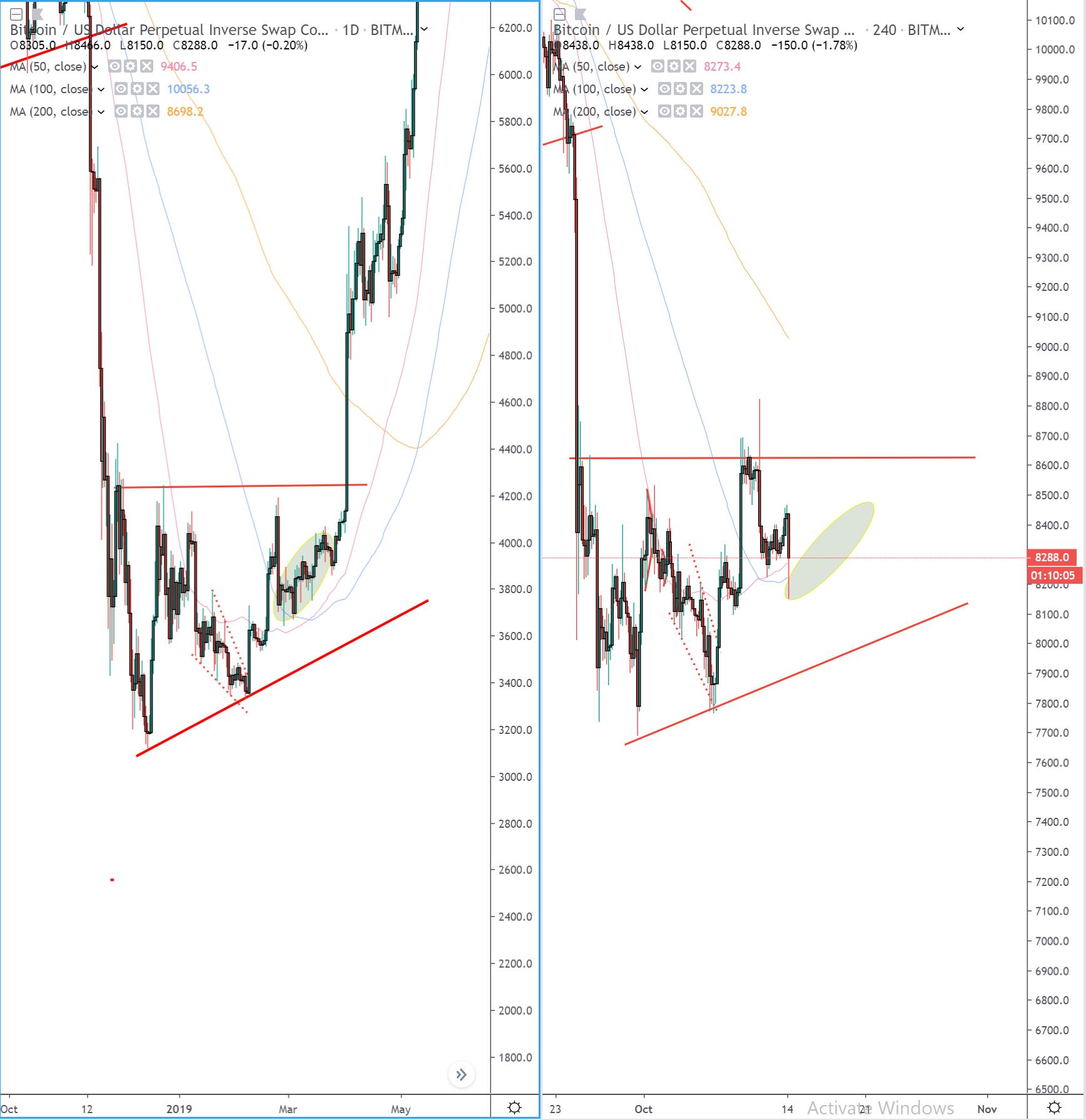2020-9-8 15:05 |
As implied volatility in the traditional markets heats up, market observers have also noticed an increasing correlation with Bitcoin. With exchanges set to open since the holiday weekend, BTC may be in for a bumpy ride.
The Implications of VIX Highs and LowsThe Chicago Board Options Exchange’s (CBOE) Volatility Index (VIX) is a measure of the implied volatility in the S&P 500. The VIX is an options-based metric which rises with an increase in the open interest of options contracts.
This implies a surge in the notional value of the unsettled options contracts in the market.
Historically, VIX has had a negative correlation with the stock market price action. Hence, when the stock market price drops, the VIX index rises and vice-versa. The VIX has also acted as a potent indicator of institutional interest over the years.
However, the recent surge in VIX towards the end of August and early September this year has been different.
Data from the Office of the Comptroller of the Currency (OCC) reveals that the surge in VIX over the last month was led as much by retail investors as institutions. Reportedly, in August, retail investors paid nearly $40 billion in call options premiums.
That is equivalent to investing in options with a notional value of ~$500 billion, betting on an uptrend.
S&P 500 Price Index and Notional Value of Retail Open Interest Source: TwitterEven as the stocks made new all-time highs, VIX continued to rise, which is unusual from an institutional perspective.
Institutions are usually slow investors, in that, due to their large size, they do not have the liberty to switch positions on the fly. Benn Eifert, a seasoned derivatives trader, finds that the recent “stocks up, volatility up” behavior is led by institutions buying put and selling call options to hedge their exposures to the stock market until the beginning of September.
Bitcoin and Stock Market CorrelationAccording to the data analytics firm Arcane Research, “BTC tends to follow the S&P 500 when the volatility increases.” This is what happened during the Mar. 12-13 crash as well and even during the pullback in Bitcoin from $10,000 during mid-June.
Currently, a similar situation is playing out with a pullback in both the S&P 500 and Bitcoin.
BTC pulled back by 20% from its peak to lows below $10,000, while the volatility in the S&P index drove it to lows at $3,349.2 with a 6.59% correction from the peak on Sept. 3.
Bitcoin, S&P 500 and VIX Correlation Source: Arcane ResearchBitcoin has had an on and off relation with the stock markets since the drawdown in March.
In the beginning, there was a strong correlation with traditional stocks, which slowly shifted to gold. Now, the magnitude of the drop in the price of stocks and Bitcoin looks to solidify this correlation.
However, the VIX itself might not be a reliable indicator of the market bottom due to the enormous increase in asset prices over the last few months.
The VIX index for tech stocks (NASDAQ) is higher than that of the S&P 500. NASDAQ made new ATHs with a 91.6% increase since plummeting in March. Bitcoin also surged to make new yearly highs to $12,475 with a 225% increase from the bottom of the crash.
The expectations of further corrections in equities threaten to drop Bitcoin as well.
origin »Inverse Bitcoin Volatility Token (IBVOL) на Currencies.ru
|
|

